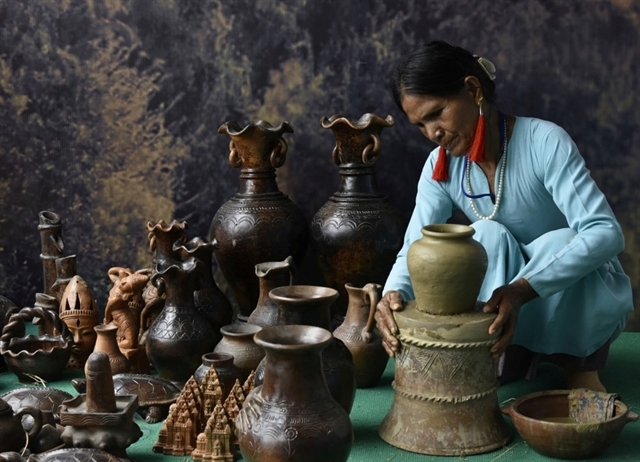 Life & Style
Life & Style


|
| "Apollo's Muse: The Moon in the Age of Photography" will be unveiled on Wednesday at New York's Metropolitan Museum of Art. XINHUA Photo |
NEW YORK — Some 400 years of depictions of the Moon, particularly via photography, are going on display at New York's Metropolitan Museum of Art ahead of the 50th anniversary of the Apollo 11 landing.
The Met will unveil its Apollo's Muse: The Moon in the Age of Photography tomorrow, approximately two weeks before of the five-decade mark since the 1969 space trip that landed the first two people on Earth's satellite.
Visitors however, are not limited to the recent past. On display will be works dating as far back as 1610, when Galileo etched the giant glowing body in a book of astronomical observations.
"The Moon has always been an object of both science and art, observation and imagination," said exhibit curator Mia Fineman, during a press presentation.
The Moon has been photographed since the medium's earliest days, and in 1840 American John William Draper made the first daguerreotype – an early version of the photo using silver-plated copper.
"The fascination with the Moon and the development of photography were linked and connected from the very beginning of this particular medium," said Met Director Max Hollein.
Special telescopes were developed with the sole purpose of photography and astrophotography became a trend in its own right.
As snapshots of the Moon grew ever more precise, they circulated among the general public, increasing its mystique while bringing it up close and in person for many for the first time.
At the turn of the 20th century, Maurice Loewy and Pierre Henri Puiseux's Photographic Atlas of the Moon marked a turning point.
From 1894 to 1908, the pair meticulously charted the Moon from the Paris Observatory, home to the most powerful telescope in the world at the time.
The entirety of their work has been reproduced for the first time for a museum at the Met.
"Without photography, they wouldn't have been able to land a space craft on the Moon," said Fineman. "They needed to understand the geography to find a landing site."
Moon photos such as those on display at the Met have fueled the imagination of not only the public, but also artists, novelists painters and poets, providing the inspiration for such works as early French filmmaker Georges Melies' 1902 iconic short film A Trip to the Moon.
"It's our closest celestial companion," Fineman said of the Moon. "It's the only other planet that we can see clearly with the naked eye. And so it's something that's both near and far, both constant and changing. It's a paradox."
The exhibit is open through September 22. — AFP




